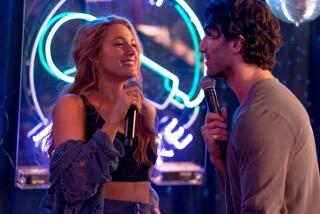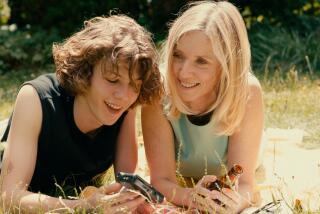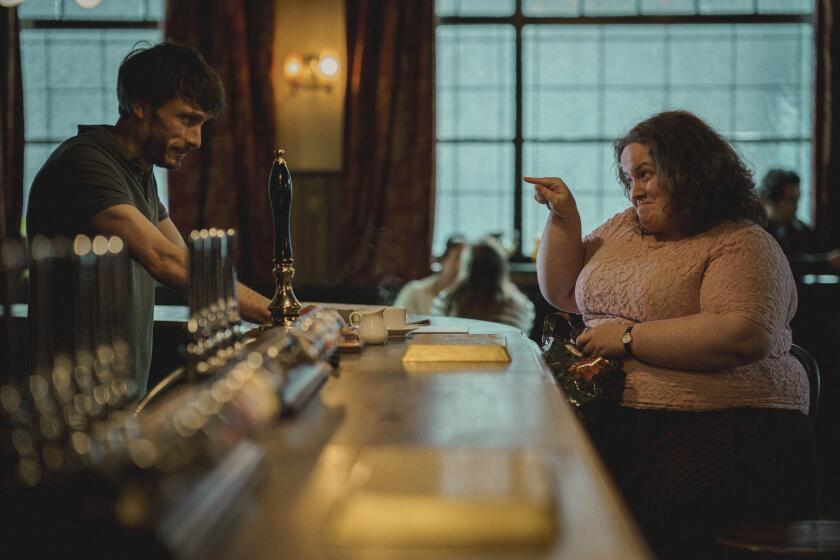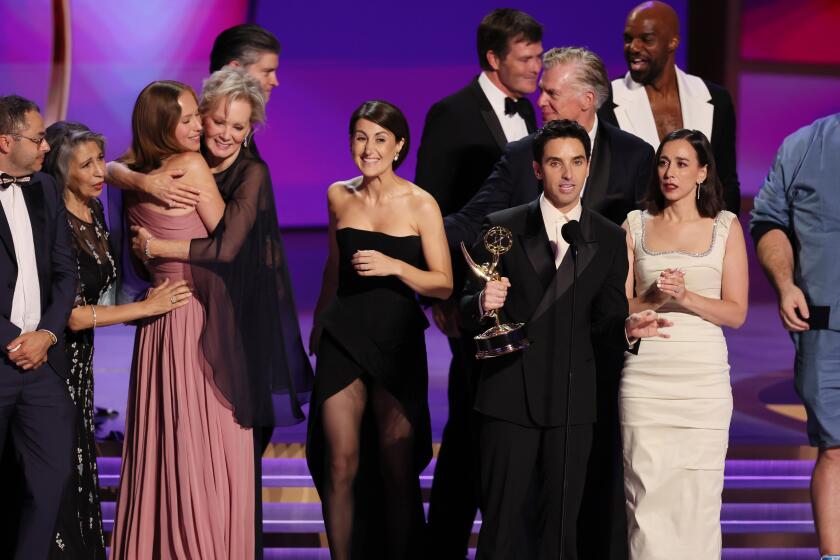In redoing ‘The Beguiled,’ Sofia Coppola had to erase the camp but heighten the gender power struggle

My friend and production designer, Anne Ross, told me one day, “You should watch this movie ‘The Beguiled.’ I think you need to remake it.”
I thought that was funny because I’d never remake someone else’s film. But I watched it, and it stayed in my mind and I kept thinking about it; a story about a group of Southern girls and women isolated at their school for young ladies during the Civil War. They hadn’t seen a man in ages, until one young student brings in a wounded enemy soldier who they reluctantly nurse back to health, and mayhem ensues.
I thought about how differently I would have made that movie from Don Siegel’s 1971 version, which was told from the guy’s point of view. These women were going crazy when confronted with Clint Eastwood’s masculinity!

Nicole Kidman, Elle Fanning, Kirsten Dunst and Colin Farrell star in Sofia Coppola’s “The Beguiled.”
Well, what if you really looked at that story about these women from their point of view, and instead of hysterical, cartoonish women, they were real, human women with stifled desires? I loved the premise; a girls’ school with secluded women, clinging to a lost lifestyle and era of manners during wartime, who were raised to be lovely for men and then there were no men around.
I loved the sexual repression under their high lacy collars in the heat of the South, and how under all the melodrama of the story, there were themes I could relate to. The over-the-top situation was fun and engaging because underneath all of it there are real truths about the power struggle between men and women.
I found the out-of-print book by Thomas Cullinan that the ’70s film was based on, and sat down and tried to forget the previous film, and approach it as I would when adapting any novel. I looked at it, taking the women characters seriously in their predicament, considering what would it have been like for them. I looked at women’s journals of the time. I went in not knowing anything about them but discovered so much that fascinated me.
I loved that the story was about hierarchies in groups of women, something I have looked at with my earlier work, but this story had girls and women of different ages and at different stages in their lives, and so each of them related differently to, and had a different experience with the man who suddenly appears in their home. I loved the male/female power struggle and to be able to look at it while, hopefully, making something entertaining to watch.
WATCH: Video Q&A’s from this season’s hottest contenders »
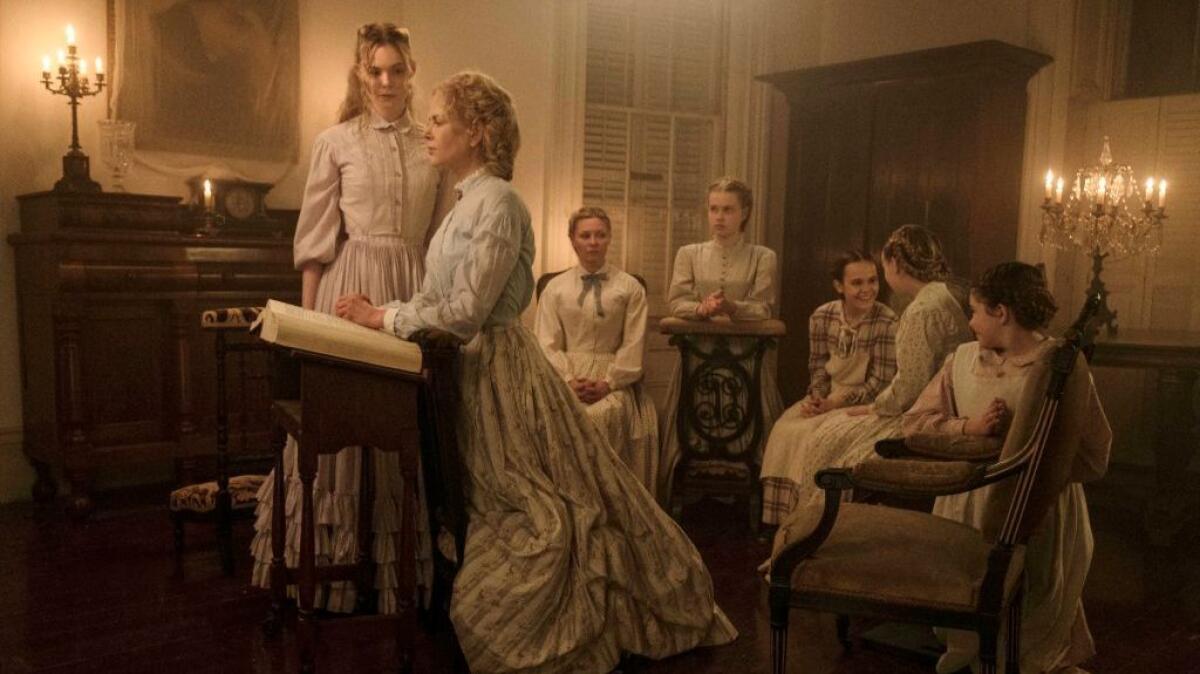
The story starts with the soldier coming into their ultra-feminine world that looks like the least-threatening place ever. He thinks he’s lucked out. Slowly things shift and his dream rehab becomes a prison. The shift in the story and the characters is so dramatic, so my challenge was how to do it in a naturalistic way, with characters that aren’t camp, but that you feel something for. I had never worked in a genre before, so I had to figure out how to do that while retaining my own style and voice; how to make something real and touching in a pulpy genre.
I went through the book, editing and adding experiences from my own life. For example, I’ve always been interested in how women communicate non-verbally — they can say so much with a look or their tone. Much of the film is claustrophobic — women cut off from the world in their decaying Southern mansion — and I wanted to show these tight, claustrophobic relationships between them.
Buck Henry had told me over lunch once, “Write some dialogue!” So I thought I’d try to focus on the dialogue, where I haven’t before, and when building those scenes between the soldier and the various women, every line really counted, as they jockey back and forth. There are so many possibilities for subtext, so we loaded the dialogue with hidden meaning beneath it. Such fun.
I loved using their Southern manners as a layer over the viciousness and rage and human emotion that was underneath and that they were supposed to conceal. I tried to subtly take them from innocent ladies into the depths of their dark side, where they could do the unthinkable, and the rage that’s suppressed in all women could come out in a dramatic flair, and then, they could return to their ladylike disposition, and back to what needs to be done to live and survive.

More to Read
From the Oscars to the Emmys.
Get the Envelope newsletter for exclusive awards season coverage, behind-the-scenes stories from the Envelope podcast and columnist Glenn Whipp’s must-read analysis.
You may occasionally receive promotional content from the Los Angeles Times.
